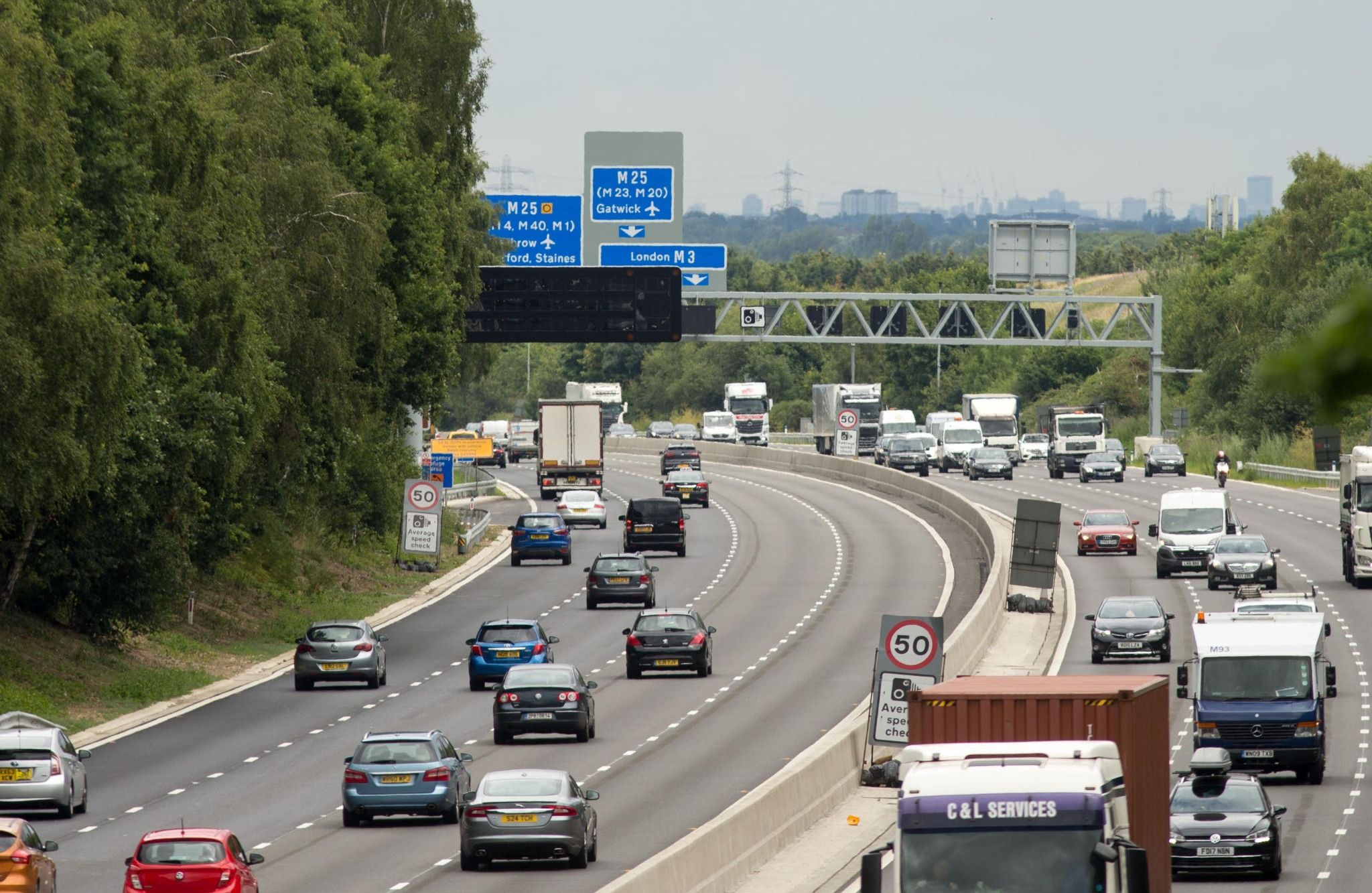What you need to know about loading your car properly
Particularly during summertime, many people will be heading off on holiday in their cars. That means packing everything your family may need come rain or shine. As a result, it’s often the case that you’ll find yourself having to jam-pack your car with luggage, sports equipment and everything in between.
But overloading a vehicle can have some serious consequences and could lead to your car not being as safe as it should be. Here, we’re going to take a look through what you need to know about loading your car properly.
Does overloading my car affect the vehicle?
Absolutely. As you can imagine, adding loads of gear to a car increases its weight and, as a result, puts more strain on areas such as the brakes and engine. If you overload your car, you may notice that it feels physically ‘heavier’ to drive, with altered handling and braking characteristics. You might notice that it takes longer to stop, too.
If you’ve loaded your car’s boot to the roofline then your rearward visibility will be hampered, too, meaning that extra caution will be required when changing lanes on the motorway. Plus, that extra weight puts added pressure on your tyres, increasing wear and boosting the possibility of an issue.

Can I get in trouble for overloading my car?
Absolutely. As well as making your car less responsive and more difficult to stop effectively, the police could deal out a £300 fine and six penalty points on your licence if they find you driving an overloaded car.
In more extreme circumstances, a driver could face being charged with dangerous driving which could bring a prison sentence of up to two years if they’re found guilty.
How should I be loading my car?
The aim of the game here is to keep weight low, which will help to keep your car’s centre of gravity lower too. So put all of your heavier items such as suitcases or golf clubs lower down in the car and then load lighter items - like coats, pillows or jackets - on top.
You may want to ensure that loose items are properly retained to the side of the boot, while others could be put in the footwells of the rear seats if you don’t have passengers with you.

Is there a limit to how much weight my car can carry?
There is. It’s based on a gross vehicle weight rating, or GVWR. This takes into account the car’s weight - including fuel and fluids - as well as the weight of passengers and their luggage.
You’ll be able to find this rating on the vehicle identification number (VIN) plate. There will be a number underneath that VIN and this will be the GVWR for your vehicle.